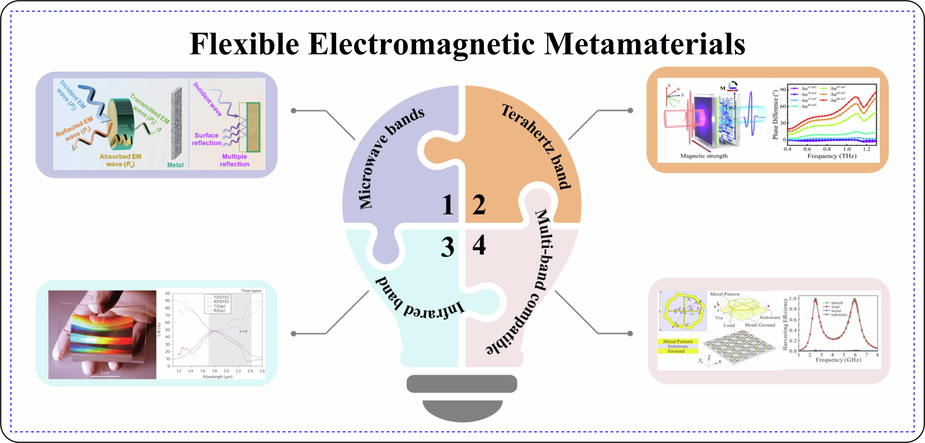Gene Editing
Gene Editing
Wireless Communication
Gene Editing
Gene editing, also known as genome editing, is a type of genetic engineering that enables scientists to edit DNA sequences and modify gene function. The most popular gene editing tool is the CRISPR-Cas9 system, which consists of two main components: the Cas9 enzyme and a guide RNA (gRNA). The gRNA is programmed to find a specific sequence of DNA, and the Cas9 enzyme cuts the DNA at that site, allowing for precise edits to be made. This is achieved through a process called double-stranded break repair, where the cell's natural repair machinery is hijacked to introduce changes to the genome. The CRISPR-Cas9 system has revolutionized the field of genetics, allowing for efficient and precise editing of genes in a wide range of organisms, from bacteria to humans. The system has been used for various applications, including basic research, gene therapy, and synthetic biology. In basic research, CRISPR-Cas9 has been used to study gene function and regulation, while in gene therapy, it has been used to treat genetic diseases by correcting disease-causing mutations. One of the key advantages of CRISPR-Cas9 is its ease of use and flexibility. The system can be easily programmed to target different genes and introduce a variety of edits, including insertions, deletions, and substitutions. Additionally, CRISPR-Cas9 has been shown to be highly efficient, with editing efficiencies of up to 90% or higher in some cases. However, the system is not without its limitations, and off-target effects, where unintended parts of the genome are edited, can occur. To mitigate off-target effects, various strategies have been developed, including the use of high-specificity guide RNAs, optimization of CRISPR-Cas9 delivery methods, and the development of alternative gene editing tools, such as CRISPR-Cpf1 and base editing. Base editing, for example, is a gene editing approach that enables precise, irreversible changes to the genome without making a double-stranded break. This approach has been shown to be highly efficient and specific, and has the potential to be used for a wide range of applications, including gene therapy and synthetic biology.
Treatment of genetic disorders: Gene editing technologies like CRISPR/Cas9 can be used to edit genes responsible for inherited diseases, allowing for the potential treatment and possible cure of conditions such as sickle cell anemia, cystic fibrosis, and muscular dystrophy.
Cancer therapy: Gene editing can be used to selectively kill cancer cells by disrupting genes that are specific to cancer cells, reducing the risk of harming healthy cells.
Gene therapy for rare diseases: Gene editing can be used to treat rare genetic diseases by editing the genes responsible for the condition, providing a potential cure for patients with limited treatment options.
Agricultural improvements: Gene editing can be used to improve crop yields, increase resistance to pests and diseases, and enhance nutritional content, helping to address global food security challenges.
Gene drives for pest control: Gene editing can be used to create gene drives that can spread through populations of pests, potentially controlling or eliminating populations of disease-carrying insects and invasive species.
Synthetic biology: Gene editing can be used to design and construct new biological pathways, circuits, and organisms, enabling the production of novel therapeutics, biofuels, and other valuable compounds.
Gene editing for immunotherapy: Gene editing can be used to modify immune cells to recognize and attack cancer cells, providing a potential new approach to cancer treatment.
Treatment of infectious diseases: Gene editing can be used to develop novel antimicrobials and to improve our understanding of the interactions between pathogens and their hosts.
Gene editing for regenerative medicine: Gene editing can be used to modify stem cells and other cells to repair or replace damaged tissues, providing a potential new approach to treating a range of diseases and injuries.

